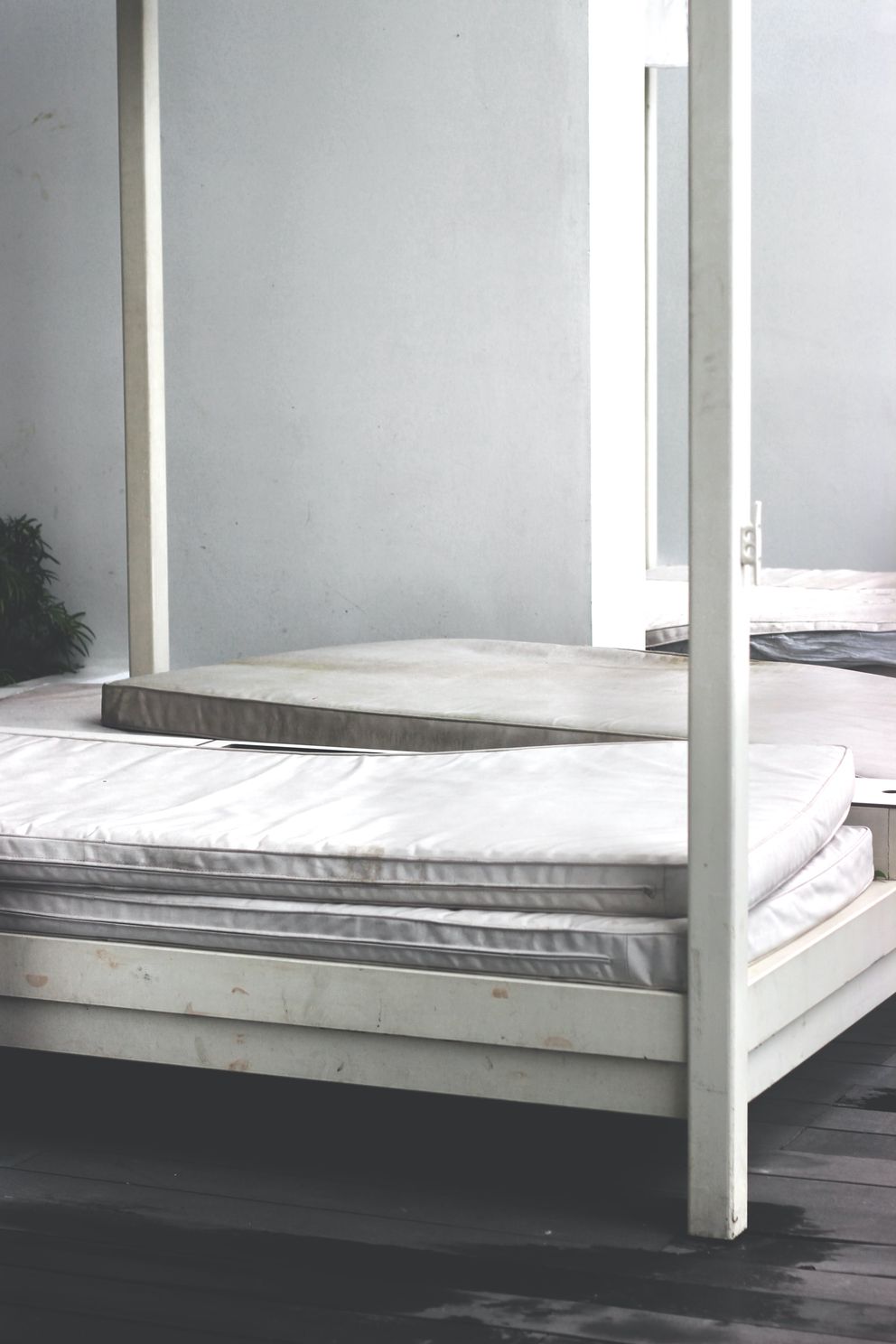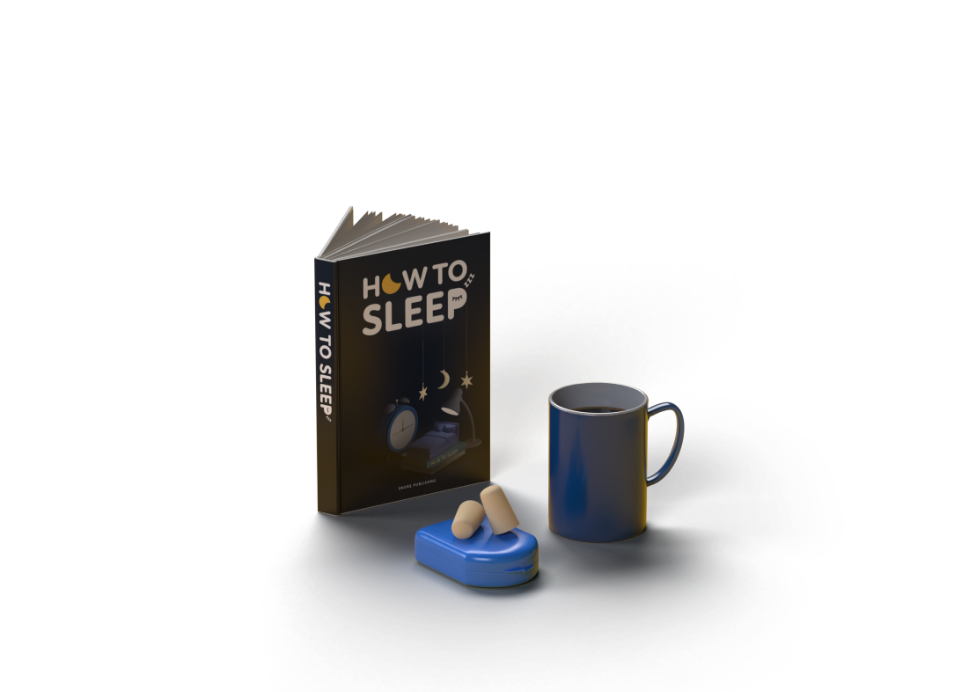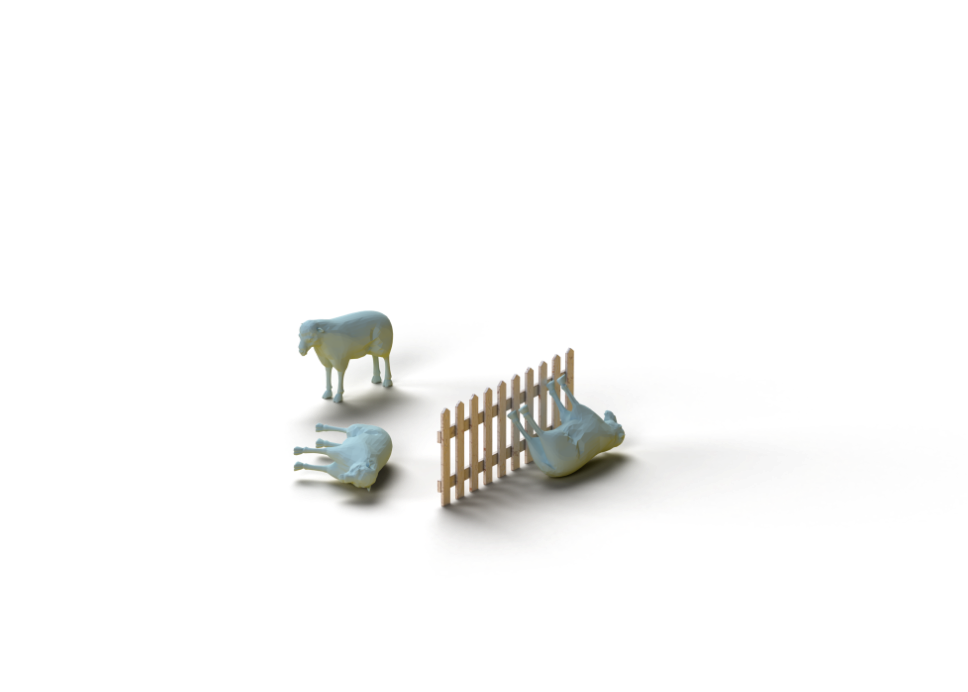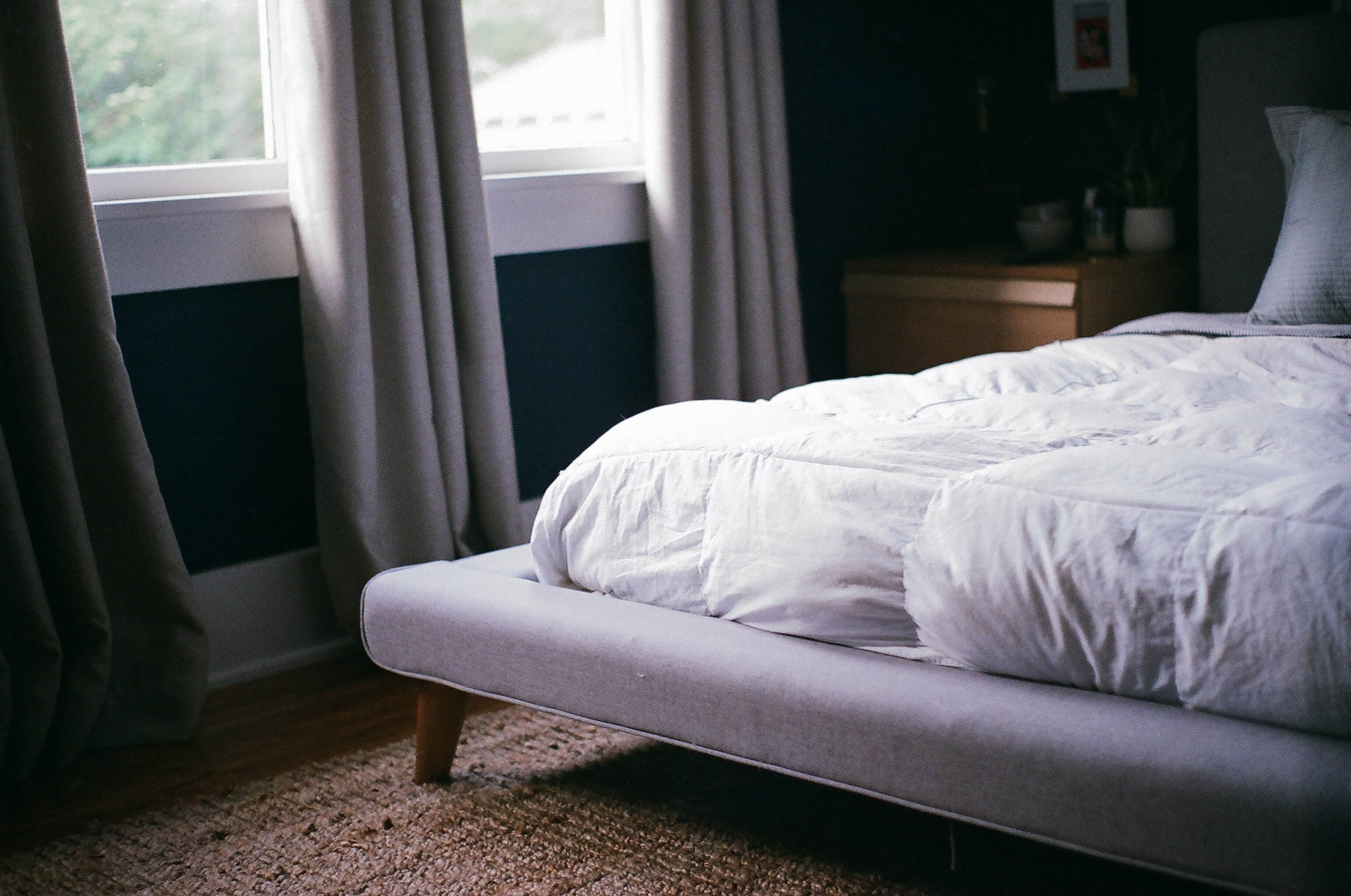
How often should you replace your mattress?
Learn moreLet’s be honest, when it comes to your list of priorities around the house, replacing your mattress probably doesn’t feature too high up on the list. Even if you’re aware you might need a new one, it is one of those changes that sometimes seems more hassle than it’s worth. What do you do with the old one? How much will a new one cost? Will a new one make any difference? These are all questions you may be using to convince yourself it can wait another year. But should it?
First and foremost, you might be wondering how often you should really be looking to replace your mattress. Experts typically suggest you should be looking at investing in a new bed every seven to eight years, but this time frame can vary depending on individual circumstances.
Luckily, there are things you can do to prolong the life of your mattress which could add a couple of years to the seven-to-eight-year rule. However, at the other end of the scale, poor treatment and lack of care will mean your mattress will need replacing sooner.
In this guide, we’ll look into the health benefits a new mattress can provide, how to spot signs your old one needs replacing, and advice on how to extend your mattress’ lifespan.

Chapter 1
Why replace your mattress?
Replacing an old mattress can provide countless benefits for both your physical and mental health. Ultimately, a cleaner, sturdier bed will contribute towards an improvement in your sleep health which can provide many benefits in day-to-day life, such as an improved general mood and a reduction in stress levels.
A new mattress will better support your muscles and bones with a more sturdy structure, improving comfortability at night time and reducing aches and pains in the morning, too. A new model can also reduce motion transfer, making for less disturbance when sleeping alongside someone else.
When it comes to hygiene, there really is no competition between a new and old mattress. Over time, a stomach-churning cocktail of dead skin cells, sweat and unwanted pests builds up within the material of your mattress. This can lead to the growth of fungi and bacteria in extreme cases, and can lead to sickness or skin irritation if not properly dealt with.
Whilst regular cleaning will go some way to maintaining a hygienic sleeping environment, a new mattress will offer healthier conditions every time.
Replacing your mattress more frequently can also allow you to take advantage of new technologies. Research and development is always being carried out looking to find ways to improve our sleep health, so look out for new technologies which could help you achieve a better night’s sleep. From Airfoam to more advanced temperature-regulating technologies, the latest innovations in mattresses are all geared towards giving you a more peaceful and healthier sleeping routine.
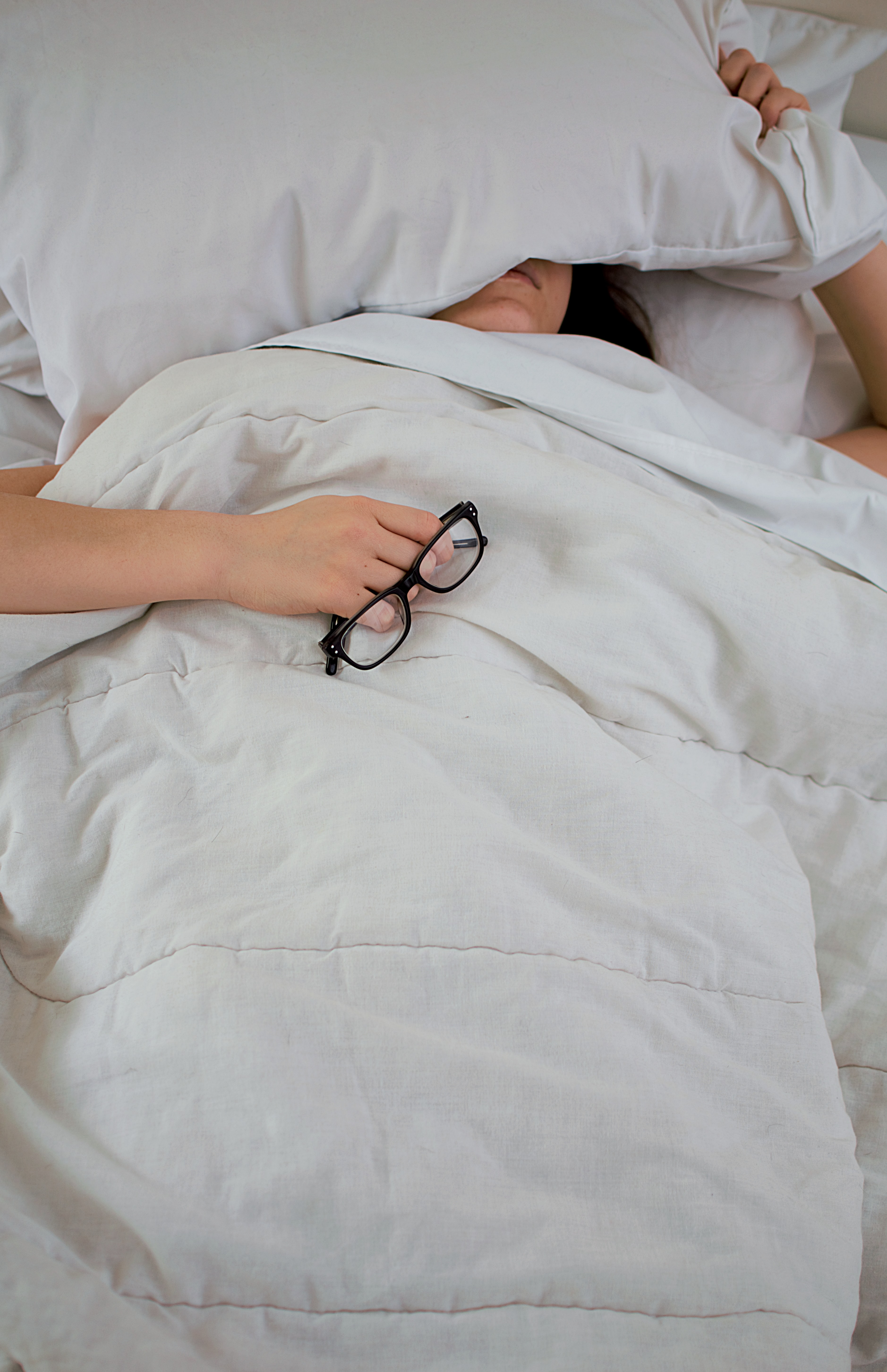
Chapter 2
Key questions to ask yourself
Whilst following the experts’ recommendation of replacing your mattress every eight or so years will generally suffice, the decision of when to replace your mattress is personal, based on your own habits. There are some questions you can ask yourself to help determine whether this time period should be shortened.
Is the mattress showing signs of wear? The most obvious indicator that it’s time to replace your mattress is if you spot signs of wear and tear. These can include anything from tears in the fabric to noticeable lumps and bumps which can ultimately affect your quality of sleep.
Have you noticed muscle stiffness in the morning? There are lots of reasons explaining why you could be feeling muscle soreness in the morning. But if you haven’t changed anything to do with your diet or daily exercise habits, and you notice muscle stiffness when you wake up, this could be down to your mattress. Over time, the structure of your mattress will change, and it will no longer offer the necessary level of support for your muscles, particularly those in your neck and back.
Have your allergies worsened? If you have suddenly noticed that your allergies are more frequently affecting your day-to-day life, and it’s not a seasonal problem, your mattress could be to blame. Failure to properly maintain your mattress will result in a buildup of dust and bacteria which could be triggering your allergies. Whilst regular cleaning should limit the amount of allergens living in your bed, if this problem persists, it could be a sign your mattress needs replacing.

Chapter 3
Why don’t people replace their mattress?
There are many reasons as to why someone would wait longer than the recommended time frame to replace their mattress.
There are no obvious issues. Many people will be happy with their current mattress, and there will be no obvious signs that it needs replacing, even after many years of use. If there are no stains, lumps or tears in the fabric, and your quality of sleep hasn’t been affected, then it can be easy to put off committing to a replacement when it feels unnecessary.
Financial implications. On average, a double pocket sprung mattress will set you back £272 – less than £3 a month when spread over eight years. Whilst this seems a nominal amount when you look at the monthly cost, if your old mattress isn’t noticeably affecting your sleep, it can be easy to stall on putting this lump sum aside.
One of the main barriers to buying a new mattress for many people is not knowing what to do with the old one. If you’re purchasing a new mattress from an online shop, most established retailers will simplify things by taking away the old mattress when they deliver the new one. But if this isn’t an option, there are plenty of alternatives to save you being lumbered with your old mattress for too long.
There is a problem in the UK and across the globe with improper disposal of mattresses. In fact, Which? estimates that 7.5 million mattresses are discarded each year in the UK. The reason for this is that they are quite simply a nightmare to recycle.
Not only do you have to pay for a service to take them away, or grapple with organising your own transportation, but the springs in many mattresses make the recycling process very difficult. This means that many recycling centres won’t accept them at all. So if you do choose the recycling route, be sure to check your local council’s website to see what materials your local centres do and don’t accept.
Alternatively, if your mattress is still in good condition and you’re just upgrading to a more advanced model, you could donate it to charity. Some organisations like the British Heart Foundation offer a free collection service, taking the hassle out of disposing of your old mattress, providing it still has a fire safety label and the condition is up to scratch.

Chapter 4
How to extend the life of your mattress
By taking certain precautions, it is possible to extend the lifespan of your mattress. This will not only save you the inconvenience of having to replace it more frequently, but it can also save you money in the long run. Here are three ways you can better protect your mattress:
Use a mattress protector
Beyond providing an extra level of comfort, there are many benefits to using a mattress protector. A protector will capture any spills or moisture that would otherwise seep into your mattress, reducing the bacteria build-up.
If you’re an allergy sufferer, consider using an anti-allergy protector. They are specially designed to shield your mattress from dust mites and bacteria to avoid the spread of allergens.
Regular maintenance and cleaning
Even if you are using a protector, it is still important to clean your mattress. Experts recommend cleaning it every six months, but this timeframe will vary depending on your circumstances. For instance, allergy sufferers may wish to clean it more frequently, to avoid any build up of dust or other allergens.
To clean your mattress, first deal with any stains that have set in by using a stain remover and a damp cloth. Then, vacuum the surface of your mattress using the upholstery attachment to pick up any dust, crumbs or other detritus lingering on your bed. For a deep clean, it can be worth sprinkling a layer of baking soda to absorb any moisture and capture any odours, before vacuuming again to remove the powder.
Make sure kids and pets don’t misuse the mattress
Investing in the best mattress protector available and undergoing regular cleaning unfortunately won’t defend against misuse of the mattress.
Children playing or jumping on the bed can cause serious damage to the mattress over time, affecting the springs and wearing away the fabric. Not to mention, your children can get hurt themselves, so make sure your bed doesn’t get mistaken for a trampoline by the little ones.
Pets can also provide their own challenges when it comes to protecting your mattress. Pet hair and dander can build up over time in the fabric, contributing to an unhealthy sleeping environment. Mattress toppers will provide a layer of protection for your mattress, but to best prolong its lifespan, try and keep pets off of the bed where possible.
